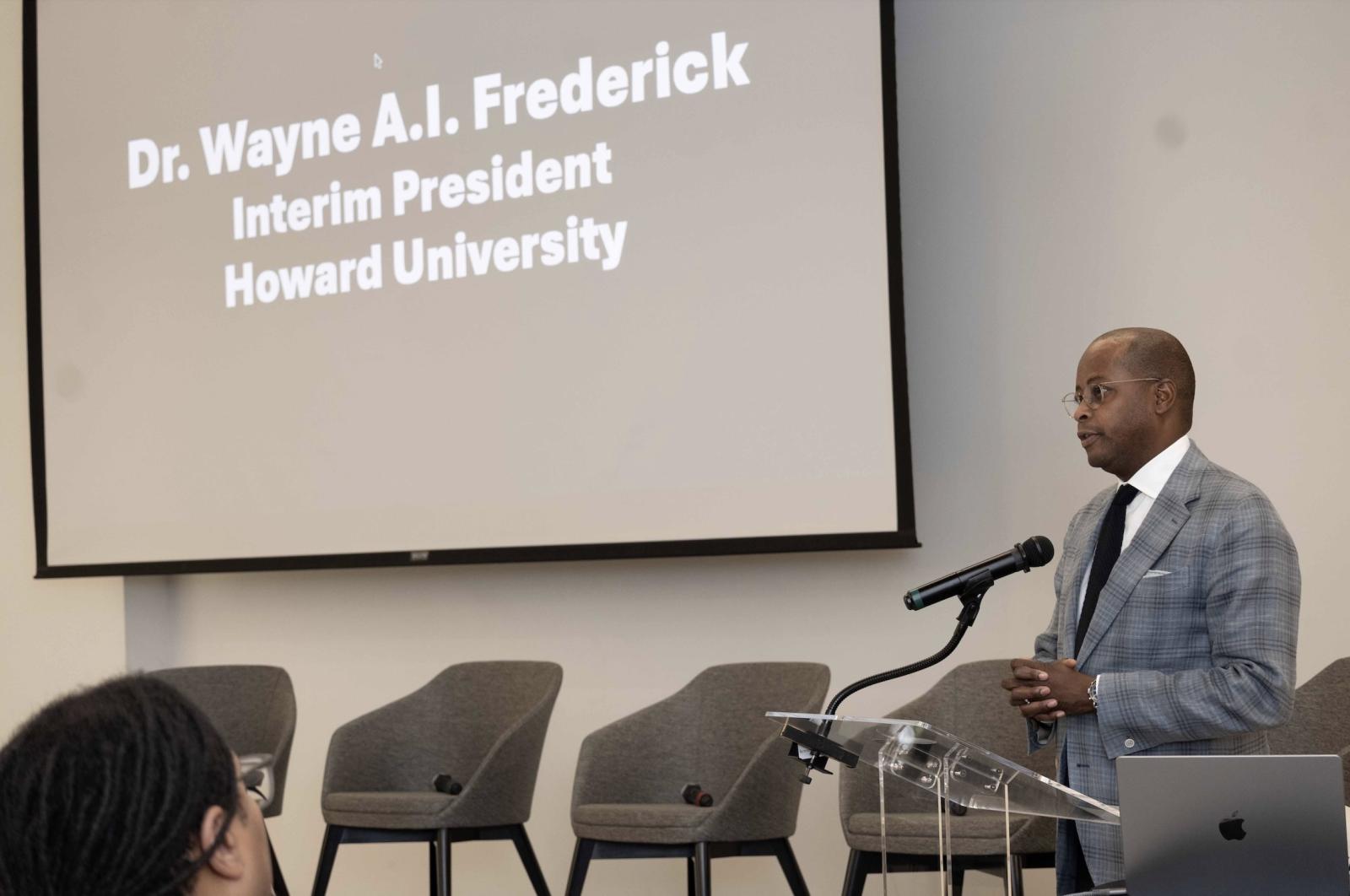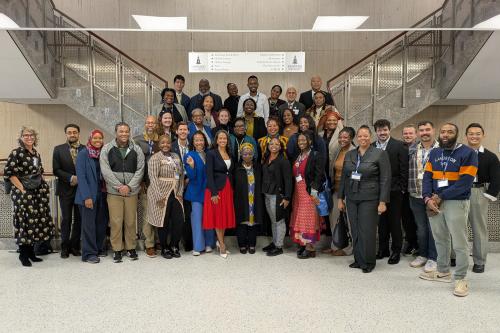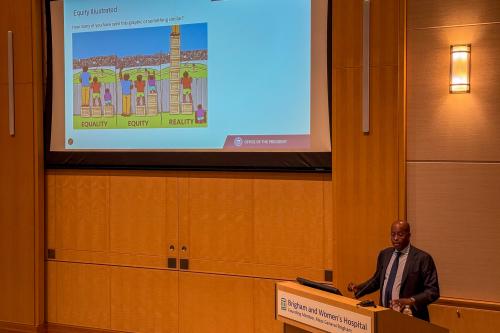On Oct. 6, Howard University Interim President Dr. Wayne A. I. Frederick joined higher education leaders and policymakers to unveil an interactive tool from the American Council on Education (ACE) that highlights how colleges and universities drive economic growth across the United States.
The new resource, called the Education Economic Indicators Tool, is a comprehensive database that measures the economic value of postsecondary institutions across local, state, regional, and national economies.
The ACE event gathered policymakers, researchers, and university presidents to debut the online platform, which compiles key economic data about higher education’s role in local, state, and national economies.

In remarks, Frederick commended ACE President Ted Mitchell for leading the effort to measure the broad impact of higher education at a time when skepticism and confusion about its value persist.
“We need leaders like Ted to continue maintaining equity and stability in the sector,” Frederick said. “Universities exist for one simple reason: to amplify the humanity of others. Part of that is ensuring that people can earn a living, access health care, have food security, and sustain housing. Institutions that commit to that work have an impact that goes far beyond economics.”
Frederick also urged higher education leaders not to lose sight of the intangible ways universities make a difference.
“I’ll use myself as an example,” he said. “I have sickle cell disease, and when I was born, the prediction was that I would live to eight years old. Today, we live in a country which has gene therapy for that disease, a testament to the transformative power of research and higher education."
He noted that he recently moderated a panel with three survivors of gene therapy for sickle cell, one of whom had climbed Mount Kilimanjaro.
“The productivity and quality of life they now enjoy because of what began in university labs are the kinds of outcomes we struggle to quantify," he added.
Mitchell described the Education Economic Indicators Tool as a powerful way to visualize the value of American higher education and the central role the institutions play as drivers of economic prosperity.
The database highlights employment, research expenditures, scholarship and grant awards, and median earnings by educational attainment. Users can explore data across all 50 states, the District of Columbia, Puerto Rico, and every congressional district.
Frederick also connected the initiative to Howard’s longstanding commitment to opportunity and equity. He cited the university’s wage and affordability policies, including its guarantee that no campus worker earns below a living wage.
###





